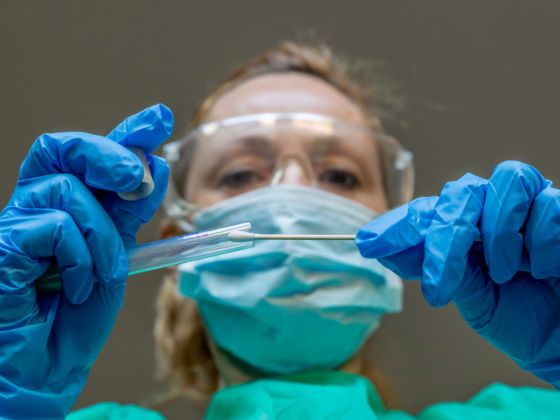Americans are currently barred from traveling to Europe, but that does not mean they have no option for a great summer vacation. There are plenty of countries, especially in the Caribbean, welcoming Americans with open arms — as long as they provide local authorities with the negative result of COVID-19 test.
Antigua, St. Lucia, Jamaica, the Bahamas, and many other nations require that travelers show proof of a negative COVID-19 test prior to arrival, but rules vary widely from country to country, creating confusion among the traveling community and inserting doubts in tourists’ minds about the usefulness and effectiveness of the tests. To better understand if COVID-19 tests are truly the ultimate green light for traveling, what tests work best, and if tests are as effective as isolations, we asked expedition and wilderness medicine specialist Dr. Andrew Peacock to give us the lowdown on COVID-19 tests.
